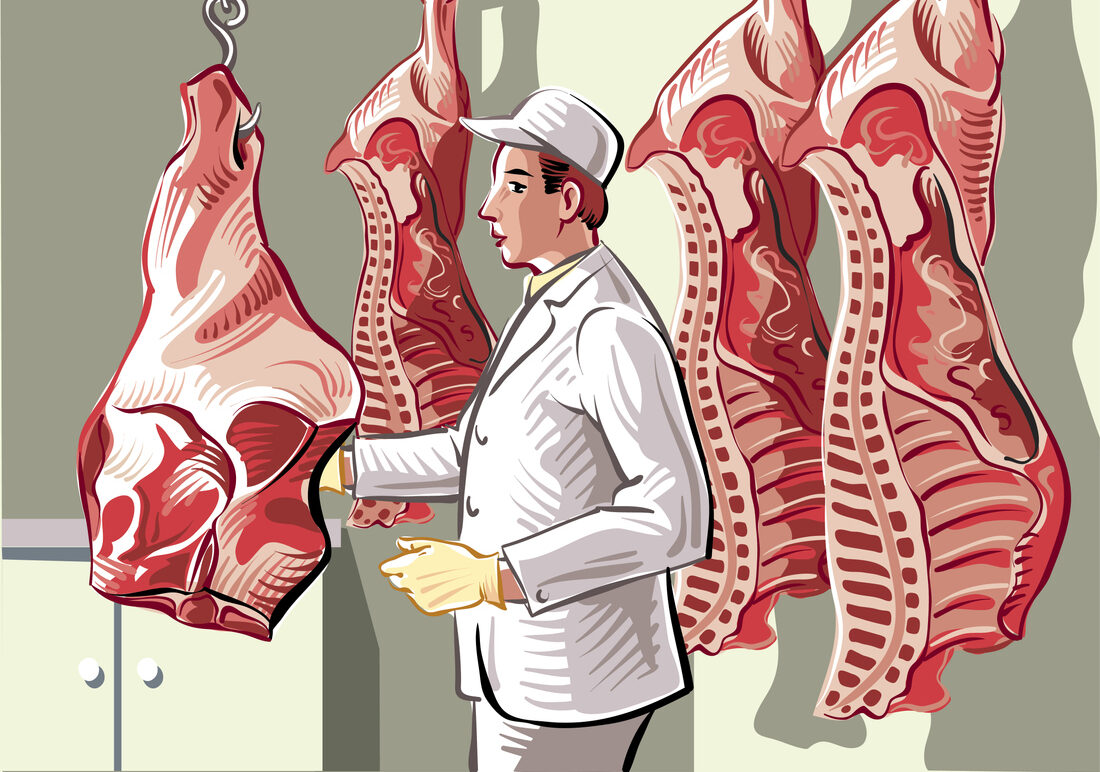Nature’s wild harvest: how to forage and cook edible plants

The first stirrings of spring can be found in woods, fields and meadows with the welcome appearance of new shoots and leaves. Edible plants growing in the wild have provided a valuable food source since ancient times.
Wild garlic
March is the time to find wild garlic (Allium ursinum) in damp woods and shady hedgerows – it often flourishes among bluebells. The Latin name is due to the brown bear (ursus)’s fondness for the bulbs (they will dig at the ground to get at them). Likewise, the tasty bulbs are also sought out by wild boar.
Wild garlic (also known as ramsons) grows profusely for just a few weeks in the year, in spring. Unlike cultivated garlic, it’s the plant’s tender oval shaped vibrant green leaves that are eaten. A good way of ensuring that it really is wild garlic is to crush the leaves between your fingers, which should produce a pungent garlic odour. The leaves have a strong garlicky aroma, but actually the taste is milder than their smell. The leaves bruise easily, so handle them gently. It’s best used as soon as possible after picking or keep in the fridge for up to two days.
In days gone by, wild garlic leaves were chopped and eaten raw as a spring tonic for the blood, along with the leaves of the wild rose, hawthorn, sorrel, clover and watercress, when the young spring leaves would certainly have provided much needed vitamin C and minerals after the stodgy winter diet. In country medicine, wild garlic leaves were used as a cure for kidney stones.

Rustic bread with cheese and wild garlic
Rustic bread with cheese and wild garlic
Add the torn leaves to salads, cook them in soups and sauces and as a flavoursome accompaniment to cheese. Cooking lessens the garlic taste, so add it at the end of cooking time. The leaves also make a delicious pesto, used in place of the traditional basil, which can be served with pasta – or try adding a spoonful to soups and stews. It’s also delicious spread on rustic bread. Wild garlic pesto will keep in the fridge for up to three weeks. If you have any leftovers, freeze in small containers.
In the Scottish Highlands, wild garlic is sometimes added to crowdie (an ancient Highland cheese made from skimmed cows’ milk, similar to cottage cheese, and boasting a sharp, acidic flavour) and to make hramsa – crowdie mixed with wild garlic and white and red pepper.
Towards the end of spring (from May to June) the plant bursts into bloom with white star shaped flowers, which are also edible. The bulbs can also be eaten but are very small and take around three years to fully develop.
Nettles
The lowly stinging nettle (Urtica dioica) can also be found at this time of year growing on roadside verges and wasteland. The name comes from the Latin, uro, to burn, as anyone who has been stung will know!
Nowadays nettles are regarded as a troublesome weed, but in the past the leaves were seen by country people as a valuable food. They used nettles in a restorative spring tonic after the monotonous winter diet. Nettles are a natural blood purifier and also contain useful amounts of iron as well as vitamins A and C. Young tender nettles were also eaten alone as a vegetable or added to soups and broths. Young nettle leaves can be cooked in the same way as spinach – their flavour is very similar. Wash them well and place in a pan with just the water clinging to the leaves. Cook over a low heat for 7-10 minutes, chopping them as they cook in the pan and add butter, salt and pepper to taste. Adding a pinch of grated nutmeg brings out their flavour. The chopped leaves make a tasty addition to an omelette too – just add them just before cooking. Nettle tea (made by pouring boiling water over the washed, crushed leaves) is good for people suffering from anaemia or anyone feeling tired and in need of a pick-me-up.

Nettle soup
Nettle soup
Pick only the young tender leaves (wear gloves!) from the top of the plant and wash well before using and discard the stems. They will keep in the fridge for up to two days.
Dried nettles are often fed to livestock (the leaves lose their sting after drying), particularly dairy cattle, to increase their milk yield. Adding dried nettles to the diet of pigs and poultry increases their weight and improves their overall condition. In the past, horse traders added nettle seeds to horse feed a few weeks before selling them, to ensure that the animals’ coats were sleek and shiny.
Dandelions
Dandelions (Taraxacum officinale) too, have been valued for centuries for their cleansing, tonic and digestive properties. They grow abundantly in gardens, woods, fields and meadows. The name comes from the French ‘dent de lion’ (lion’s tooth) and in Italian, ‘dente di leone’ which refers to the serrated leaves.
The leaves are rich in minerals, such as iron and potassium and are an excellent source of vitamin C and vitamin A. Young tender dandelion leaves are excellent in salads and should always be torn into pieces, rather than cut, in order to keep the flavour. Always use young pale green leaves, as the older darker green leaves tend to be bitter. Older leaves are best cooked in the same way as spinach, but pick them before the plant flowers.

Salade de pissenlits
Salade de pissenlits
Dandelion tea is made by putting a handful of crushed leaves in a teapot, before covering with boiling water and leaving to stand for five minutes before drinking. It’s reputed to be a remedy for water retention and cellulite.
Salade de pissenlits (dandelion leaves tossed with chopped eggs, cooked bacon and hot bacon fat) is a popular dish in France and it’s traditional for whole families to gather the leaves for this tasty salad. The chopped leaves can also be cooked with butter and lemon juice.
One word of warning. When foraging for edible plants, be careful of where and what you pick. Take care when gathering wild plants to eat, as they may have been chemically sprayed and these must be avoided. Gather them from an unpolluted spot, well away from roadside exhaust fumes and roaming dogs.








